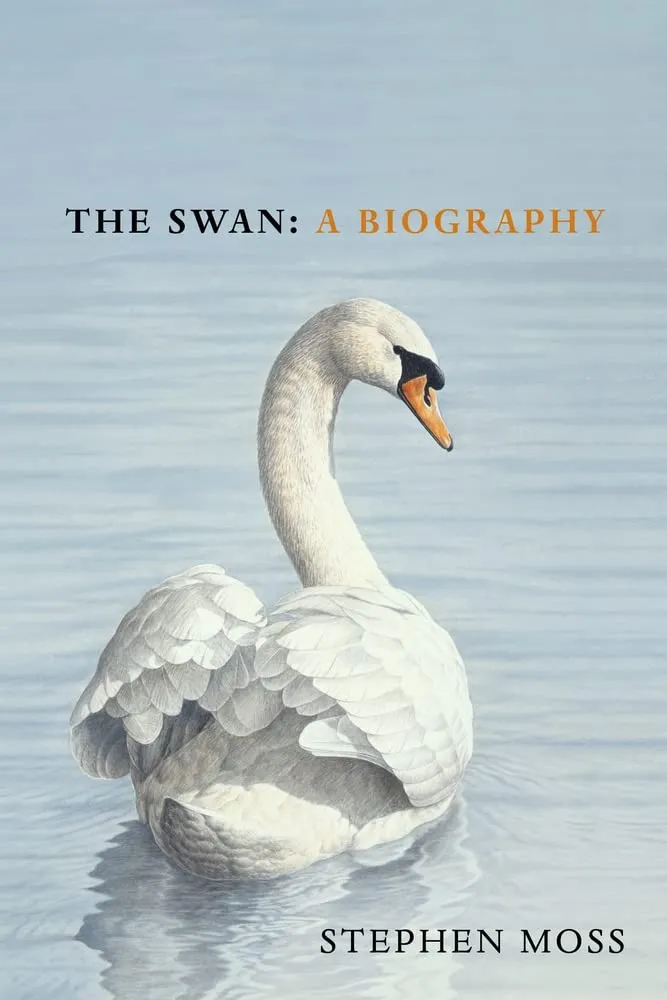Swans are amongst the best-known – and best-loved, of all the birds found in the UK. They sport a strikingly white plumage, which makes them easy to see; and are mostly fairly fearless, allowing close approach – though it is advisable not to get too close, especially to territorial males, which can be quite feisty when defending their mate and young.
In winter, mute swans are joined by two other species from the north: whooper and Bewick’s swans. These are often known as ‘wild swans’, in contrast to the mute, which was once called the ‘tame swan’ because during the medieval period these birds were kept in a semi-feral state, to provide food (the plump cygnets) and feathers. Today, the only remaining swannery, at Abbotsbury in Dorset, attracts thousands of visitors every year.
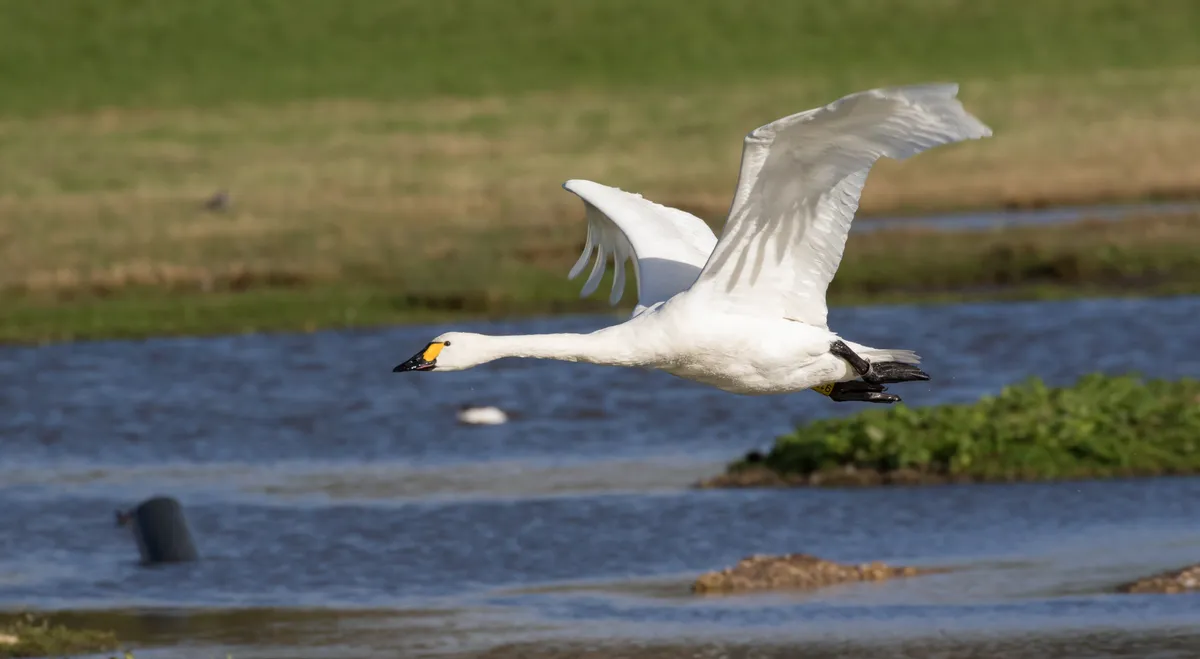
Which species of swan are found in the UK?
Three species of swan – mute, whooper and Bewick’s – are found in a wild state in the UK; while one exotic species – the Australian black swan – may also be seen in a feral state. In addition, a rare plumage form of the familiar mute swan, known as the ‘Polish swan’, whose cygnets are all white rather than dingy grey, occurs occasionally.
All four are in the same genus – Cygnus (the Latin for swan), which also includes with two species not found in Britain, the trumpeter swan of North America and the black-necked swan of South America.
Mute swan (Cygnus olor)
- resident
- 7,000 pairs/80,000 birds
- native species (but was once kept in a semi-feral state)
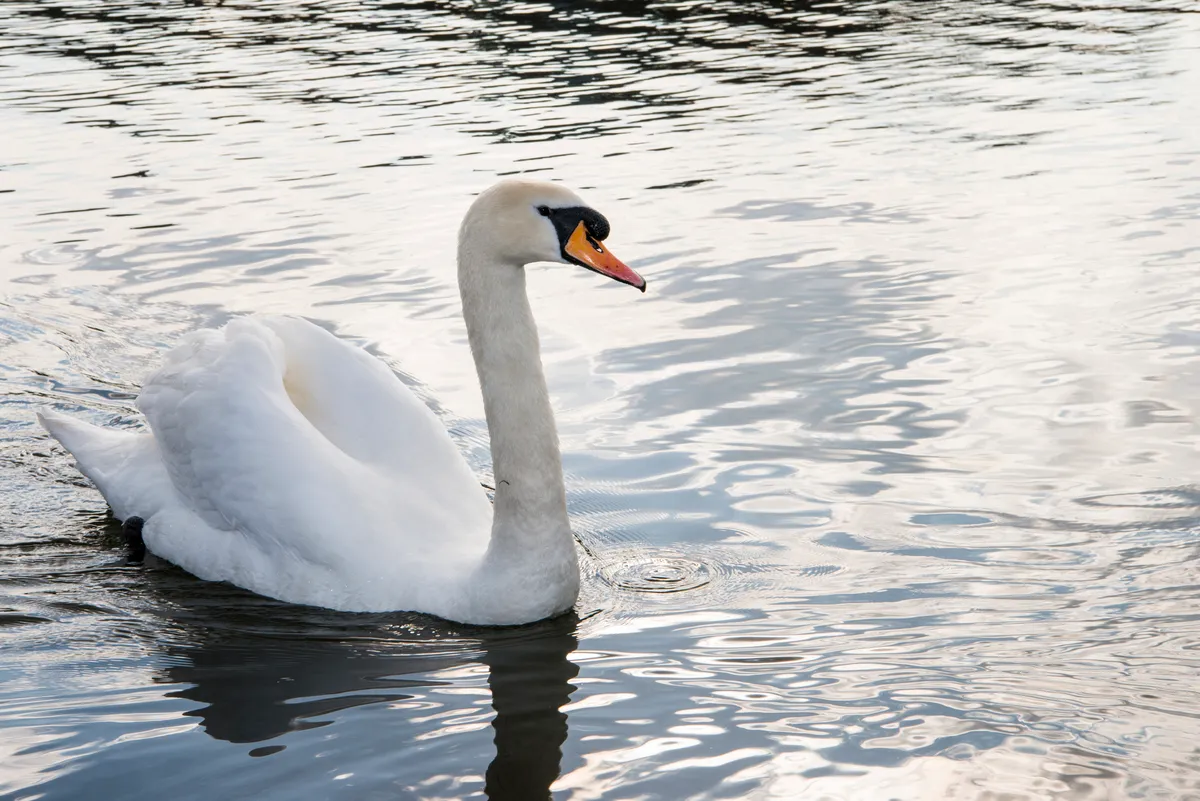
Mute swans are amongst the largest and heaviest of all British birds: mute swans measure roughly 150 cm (60 inches) from bill to tail, and weigh as much as 11 kg (24 lbs). They are found on waterways throughout lowland Britain, including village and park ponds, rivers and streams, lakes, and estuaries. Especially outside the breeding season, large flocks may also gather to feed in grassy fields.
Mute swans are mainly resident, but will undertake local movements, especially in harsh winter weather when their usual waterways may freeze over. They are easily identified by their orange bill, which has a noticeable black knob at its base: the knob is larger in the male (cob) than the female (pen).
The cygnets – the famous ‘ugly ducklings’ – are covered in a fluffy grey down, eventually moulting into a mostly white plumage with brown or grey streaks.
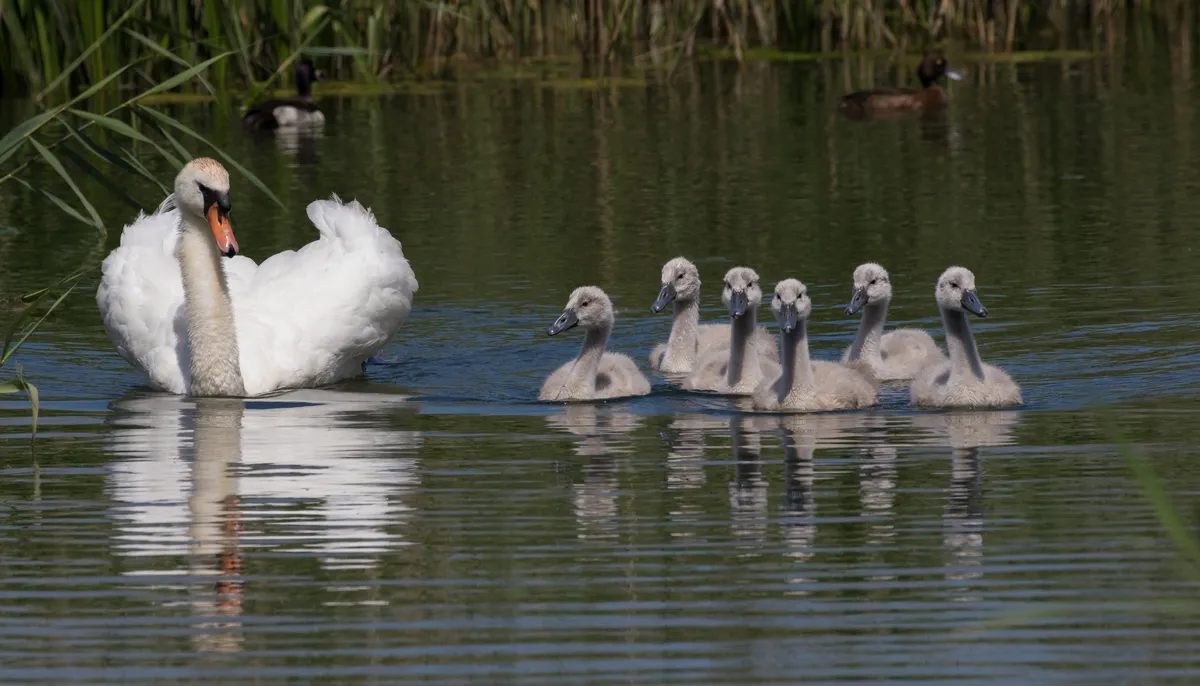
Whooper swan (Cygnus cygnus)
- mainly winter visitor, with small but growing breeding population
- 25 pairs/19,500 birds
- native species
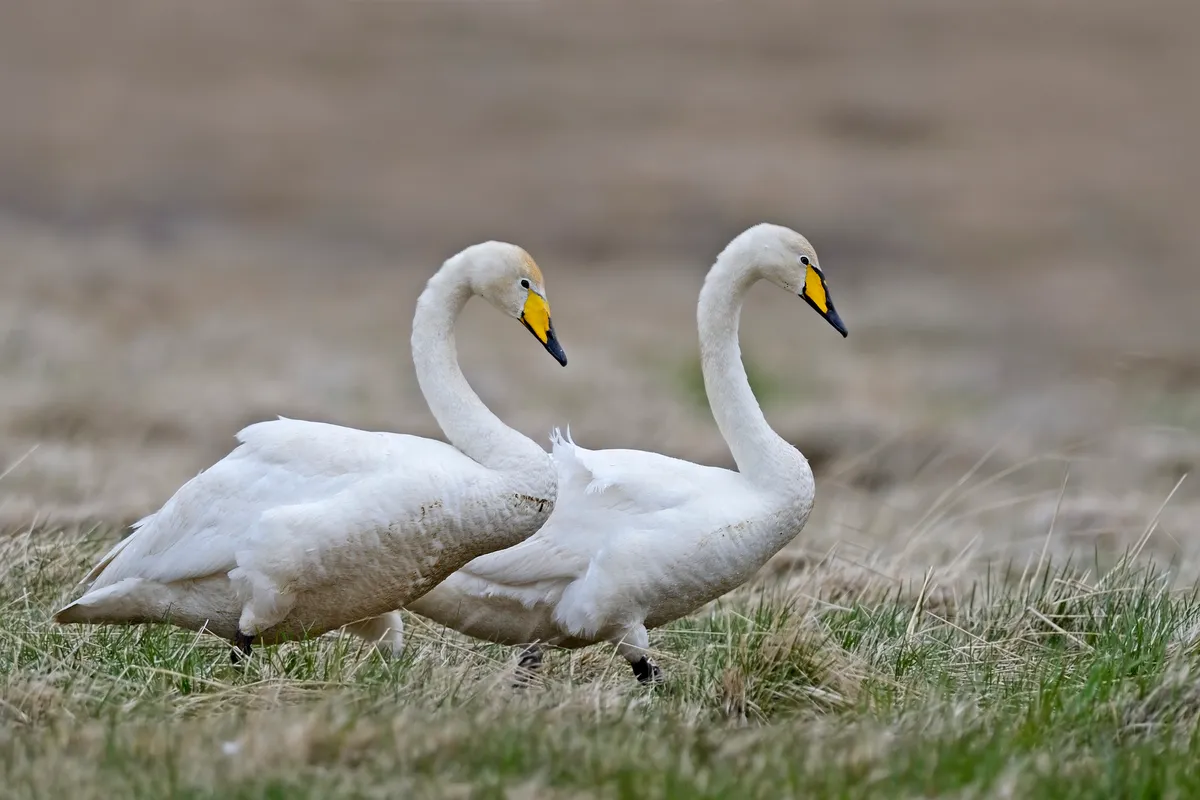
Almost as big as a mute swan – about the same length, at 150 cm (60 inches) but slightly lighter, at up to 9.3 kg (20.5 lbs) – the whooper swan is mostly a winter visitor to Britain from its breeding grounds in Iceland and Scandinavia, arriving in autumn and departing in spring.
In recent years, whoopers have started to breed regularly in Britain, mostly in the far north of Scotland and the Northern Isles. Numbers of wintering birds are currently increasing. The bill is long, and mainly yellow with some black.
Bewick’s (tundra) swan (Cygnus columbianus bewickii)
- winter visitor
- fewer than 5,000 birds
- native species

Named after the late 18th century engraver and ornithologist Thomas Bewick, this attractive swan is noticeably smaller than the mute and whooper swans, at roughly 121 cm (48 inches) long, and weighing about 6 .4kg (14 lbs), barely half the weight of a large mute swan.
Bewick’s swans migrate here in autumn from their breeding grounds in Siberia, and winter mainly in southern Britain; though numbers have fallen dramatically in recent years, due partly to reduced breeding success and partly to milder winters as a result of climate change. Like whoopers, Bewick’s swans have a yellow and black bill, but with less yellow and more black than their larger relative.
Black swan (Cygnus atratus)
- scarce feral resident
- 100-120 pairs
- introduced species
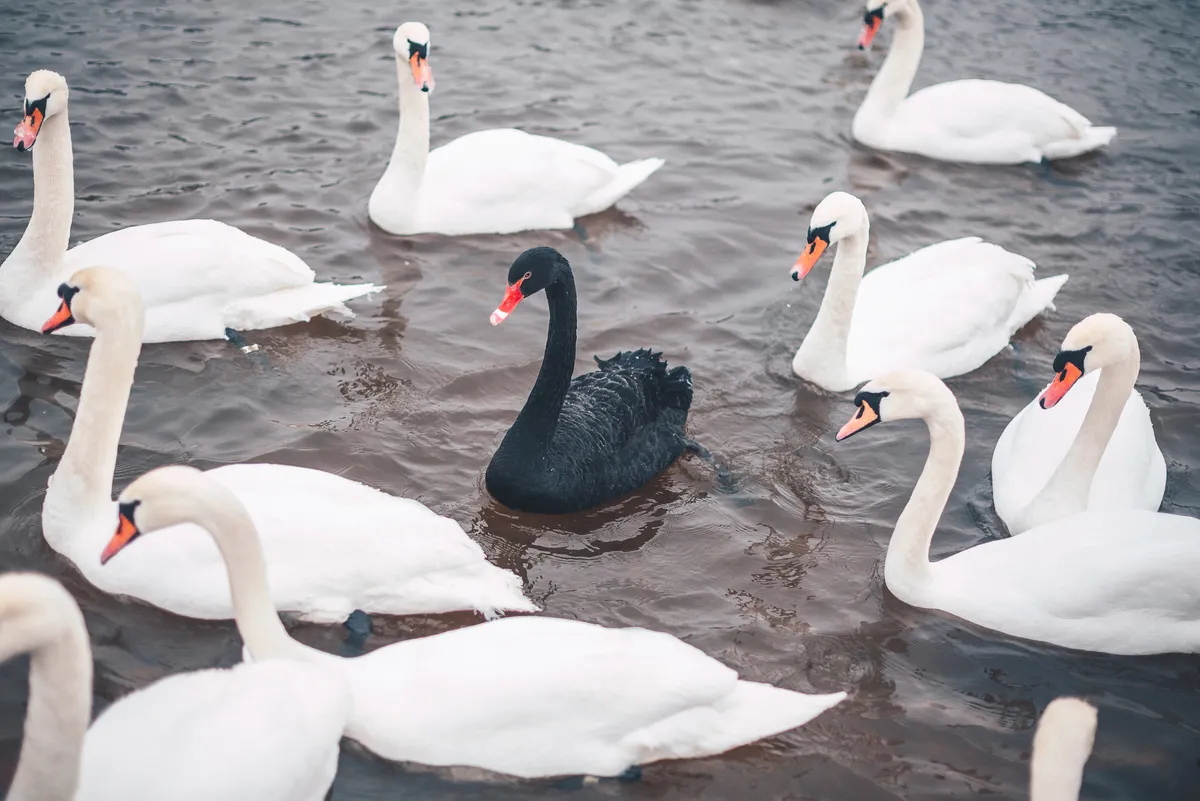
Native to Australia, the black swan caused a sensation when it was first brought to Europe around the turn of the 18th century. As its name suggests, the black swan is mostly dark purplish-black, with a bright red bill, and prominent white patches on the wings, easily visible in flight.
It is slightly smaller than the mute and whooper swans, at up to 142 cm (56 inches) long and weighing up to 9 kg (19.8 lbs). Black swans have always been kept in waterfowl collections and on park lakes, but in recent years some have escaped and gone feral, even breeding in the wild – though as yet, unlike the Canada goose, they have not yet been accepted as an official British bird.
Myths, legends and the truth about swans
As such a common and familiar bird, the mute swan has given rise to plenty of myths and legends, some of which are true; others definitely not. The common belief that all swans belong to the Queen is not correct: she does, however, have rights over half the swans on the River Thames (which are marked each year in a ritual known as ‘swan-upping’).
Otherwise, swans are wild birds – and as such, protected by law. Another widely-held belief, that swans mate for life, is largely true: divorce does occur rarely, but generally they are monogamous; only when one of the pair does will the survivor seek another partner.
Swans are also at the heart of many cultures, most famously in Tchaikovsky’s ballet Swan Lake, but also in the myth that swans sing before they die – hence the phrase ‘swan song’, meaning a final triumph at the end of a long and successful career.
Swan behaviour
At the start of the breeding season the male builds a large nest out of aquatic vegetation, in which the female usually lays between five and seven eggs, which she alone incubates for between five and six weeks.
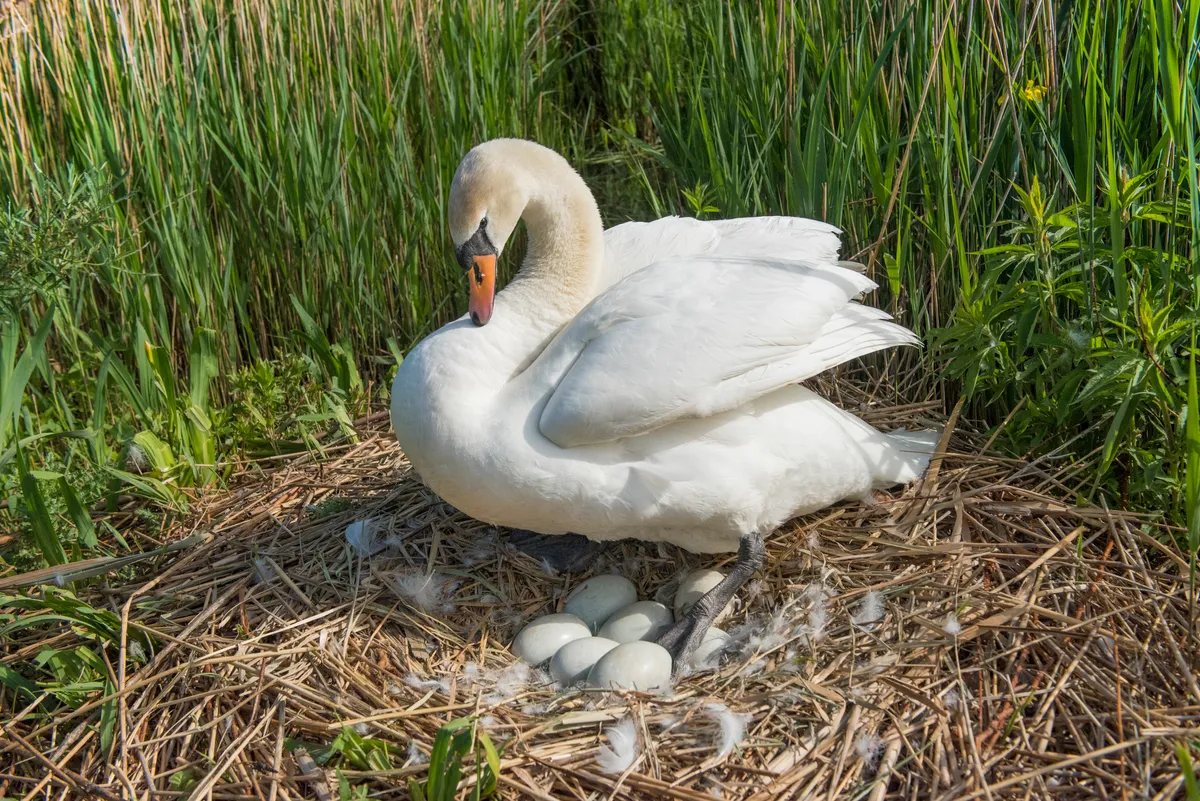
Please note that external videos may contain adverts:
Nature's First Line of Defence | Attenborough's Wonder of Eggs | BBC Earth
Almost as soon as they hatch, the fluffy grey cygnets leave the nest and begin to feed independently, though they remain with their parents for several months, even after they have fledged into their juvenile plumage.
Swans feed mainly on aquatic vegetation, and in winter they may also graze on cereal crops. People often feed swans stale bread, but this is not good for them, as it is very low in nutrition.

Threats to swans
Mute swan numbers are currently on the rise or stable; a welcome contrast with the 1960s when numbers fell sharply, due to lead poisoning and harsh winters.
However, they still face many threats, including water pollution from sewage and agricultural chemicals, the hazards from power lines and wind turbines, and being deliberately or accidentally injured or killed by humans. The latter is especially sad, as although a territorial male swan can appear quite frightening as he advances towards you, hissing and opening his wings, he cannot do you any harm.
Stephen Moss is the author of The Swan: A Biography, published by Square Peg, £12.99.
